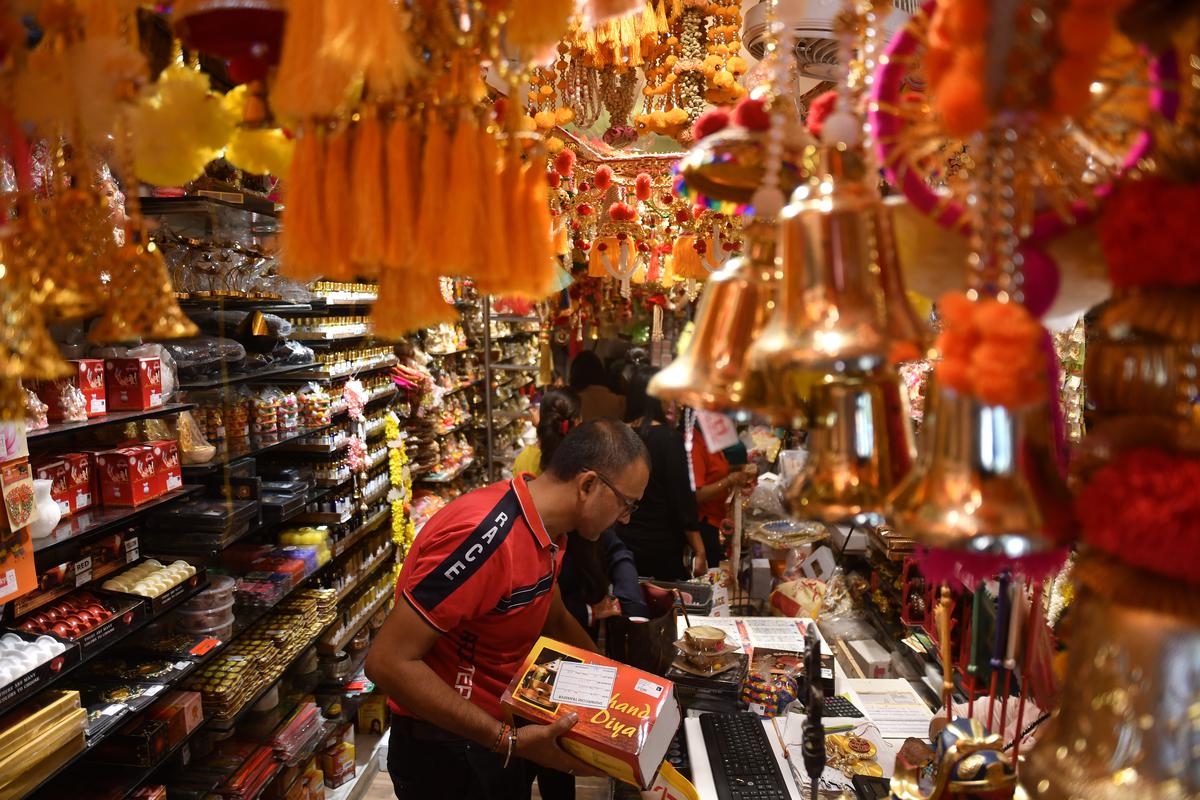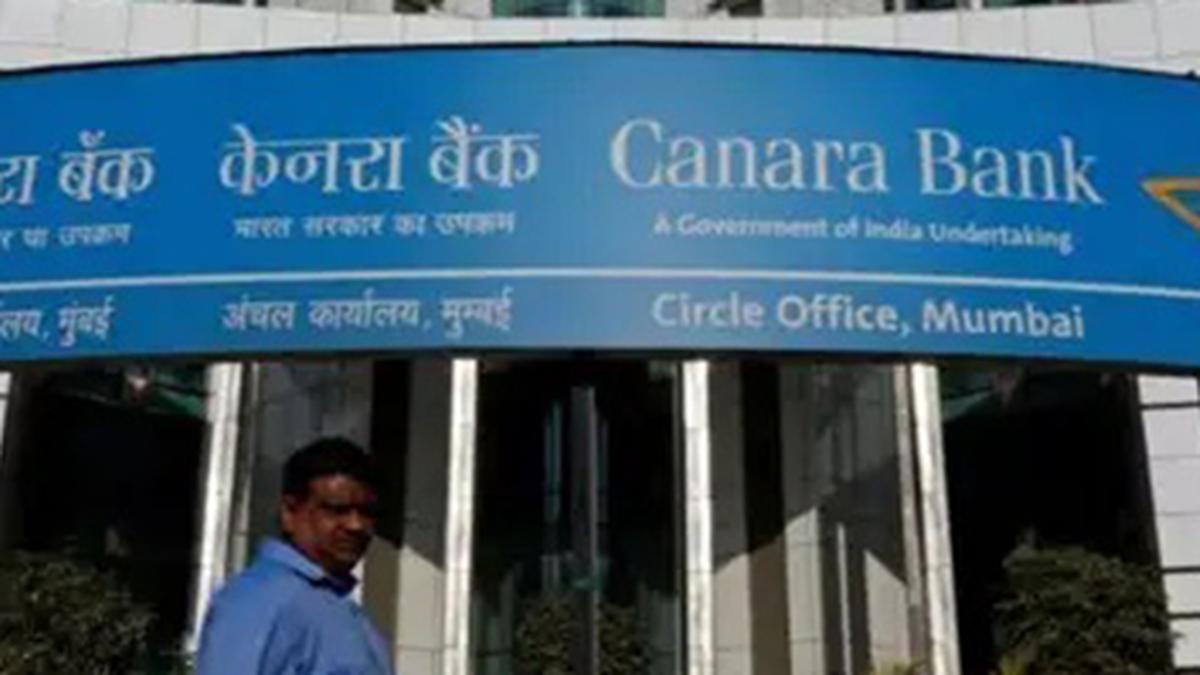Consumer sentiment has picked up significantly as public mobility has exceeded pre-pandemic levels and unemployment levels have gone down
Consumer sentiment has picked up significantly as public mobility has exceeded pre-pandemic levels and unemployment levels have gone down
In the first week of September 2020, about 80,000 daily COVID-19 cases were recorded in India on average. A year later, close to 40,000 new cases were recorded daily in the corresponding period. In both these years, the festival season was subdued due to the pandemic and related restrictions. The pandemic disrupted mobility. Even the few who did venture out had low consumer confidence and delayed their big purchases between September and December, the period usually associated with shopping sprees. Also, in 2020 and 2021, the unemployment rate skyrocketed, just months before the beginning of the festival season. This meant the purchasing power of consumers dwindled. This impacted the sale of vehicles. Air travel was also affected due to a combination of restrictions and poor demand. With most offices closed or with employees working from home, the festival season came and went without much fanfare.
In 2022, things have taken a turn for the good. Daily cases have been hovering around the 7,000 mark. And with mobility improving to reach pre-pandemic levels, people are indulging in ‘revenge shopping’ (splurge shopping that occurs after a frugal spending period) due to pent-up demand. People are also travelling a lot, which is reflected in the number of domestic passengers in the recent months. Moreover, unemployment levels reached the lowest in 45 months.
Chart 1 shows the Google Mobility Index during the pandemic period. This measures visits to various places by keeping the baseline as the five-week period of January 3 to February 6, 2020. A positive value indicates an increase in visits from the baseline period and a negative value indicates a decrease. In 2020, visits to retail and recreation centers, parks and transit stations stayed much below the baseline value. In 2021, while mobility was better, it mostly stayed below the median value. However, in 2022, from the last week of September to the first week of October, park visits ranged between 60% and 80% compared to the baseline. Similarly, visits to retail and recreational purposes went up by 10%-20%.
Hover over the charts to find the exact figures
Charts appear incomplete? Click to remove AMP mode
In September 2022, the CMIE’s Consumer Pyramids Household Survey questioned households about their financial condition and their ability to purchase commodities such as furniture, television sets and cars compared to a year earlier. The results were captured as the Consumer Sentiment Index shown in Chart 2 (base period: September-December 2015 = 100). The score in September 2022 was 80, considerably higher than 54.7 in 2021 and 42 in September 2020. So, consumer sentiment has picked up significantly in 2022.
The number of people travelling by air is also inching towards pre-pandemic levels ( Chart 3). More than one crore passengers flew on domestic flights in India in August 2022. Only 28 lakh passengers had taken domestic flights in August 2020. And while the number went up to 65 lakh in 2021, it was still only half the number in August 2019 (1.2 crore).
Click to subscribe to our Data newsletter
Data from the Federation of Automobile Dealers Associations of India show that after two uninspiring festival seasons, vehicle sales in the 2022 season have exceeded the pre-pandemic levels as shown in Chart 4 . Between September 26 and October 5 (the Navaratri season), vehicular sales reached almost 5.4 lakh in 2022. The figures were 3.4 lakh and 4.2 lakh in 2021 and 2020, respectively. During this period in 2019, 4.66 lakh vehicles were sold.
Moreover, unemployment in September 2022 was only 6.4%, the lowest in the last 45 months as shown in Chart 5.





